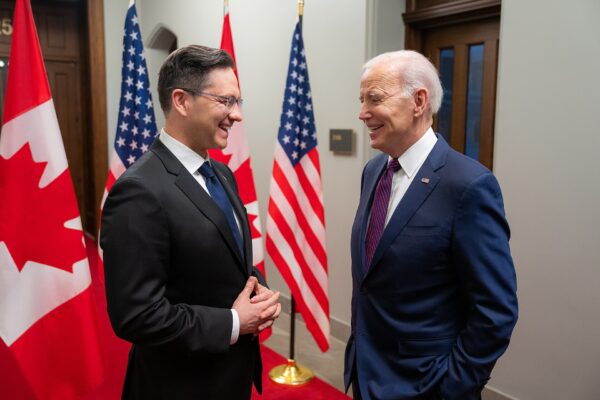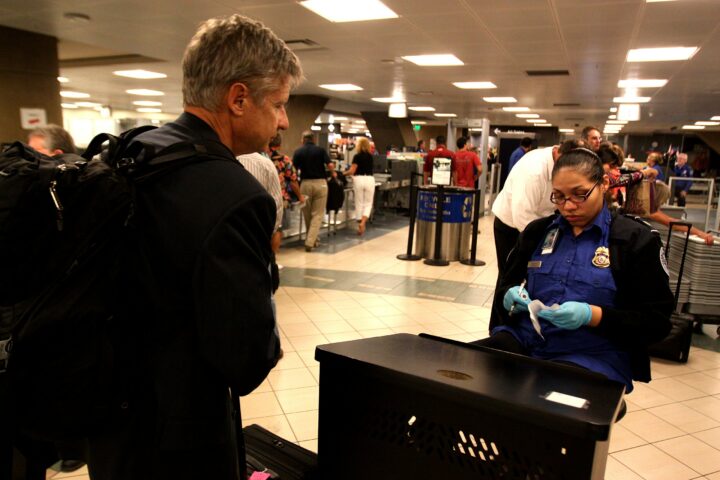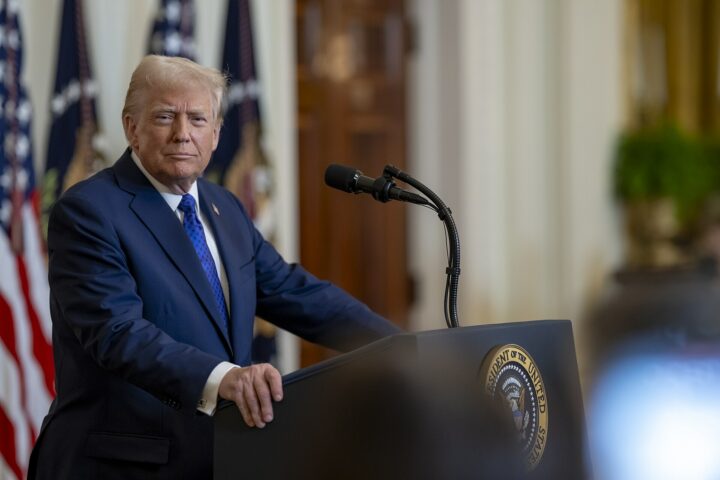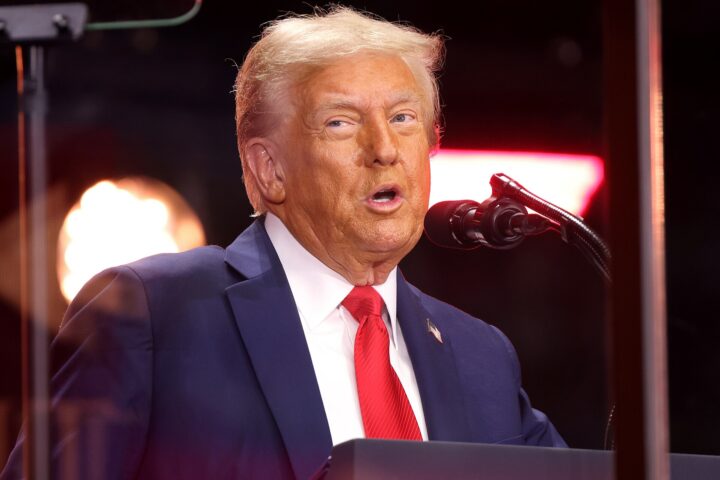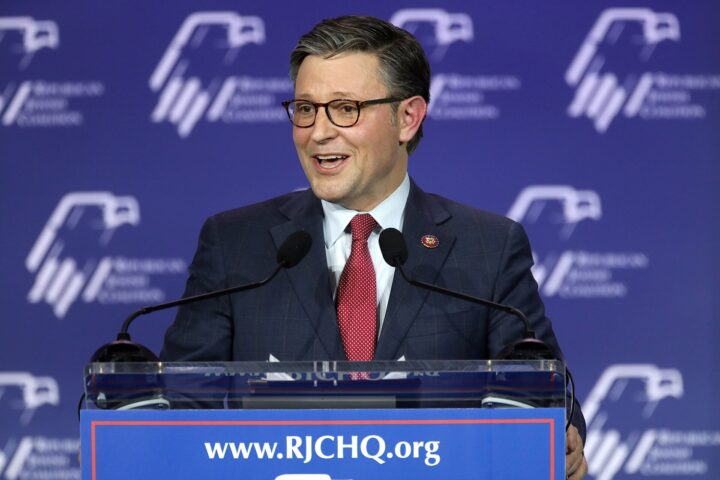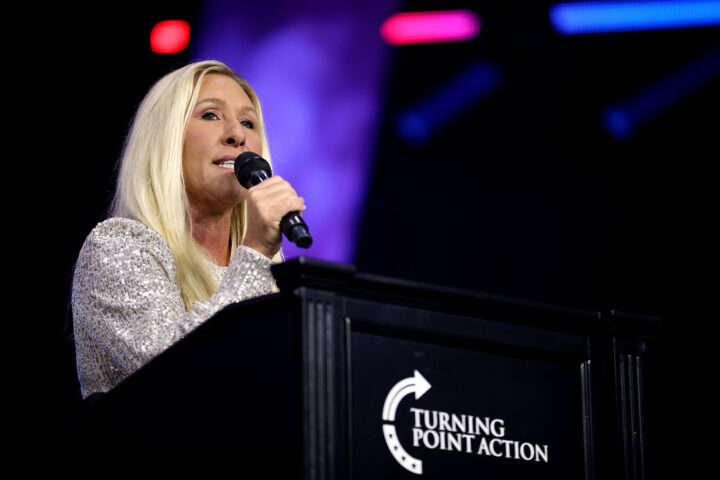The Canadian Liberal Party, led by Prime Minister Mark Carney, reportedly successfully retained power in the recent election, defeating the Conservative Party led by Pierre Poilievre.
Despite a strong lead for the Conservatives earlier in the campaign, the Liberals secured 154 seats with 43.5% of the vote, while the Conservatives garnered 41.4% and added 20 seats to their total.
Polls had shown a significant shift in dynamics, with the Conservatives previously holding a 25-point lead among voters in December.
An Ipsos poll from that time indicated that the Conservatives had only 20% of the vote, tying with the Liberals. However, by mid-April, a Nanos poll showed the Liberals gaining traction, leading by six points.
Various factors influenced the election outcome, including comments made by President Donald Trump regarding Canadian tariffs, which may have affected public sentiment.
Trump had referred to Canada as the “51st state” during a dinner with Prime Minister Justin Trudeau, drawing defensive reactions from Canadians.
Poilievre, who lost his seat in Parliament during the election, had positioned himself as a tough negotiator against Trump’s policies. He emphasized Canadian sovereignty and independence, urging Trump to stay out of Canadian elections.
As of Tuesday morning, with nearly all votes counted, the Liberals were projected to win 168 seats, while the Conservatives were at 144.
To form a majority government, the Liberals may need to ally with the New Democratic Party (NDP) and the Green Party.
Carney’s win reflects a significant political landscape shift, as the Liberals aim to unite with left-leaning parties to secure a governing majority in Parliament.
[READ MORE: Federal Raid on Brutal Gang’s Hotspot Results in Over 100 Arrests]

